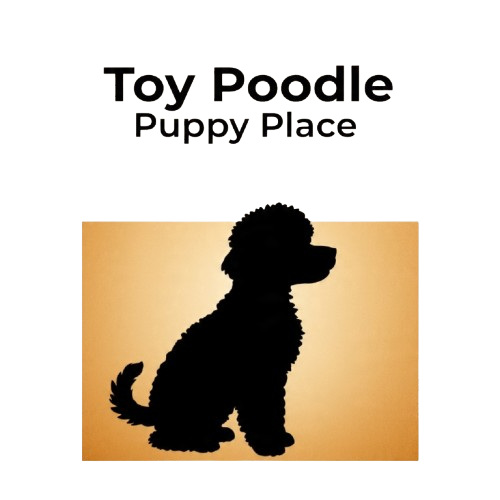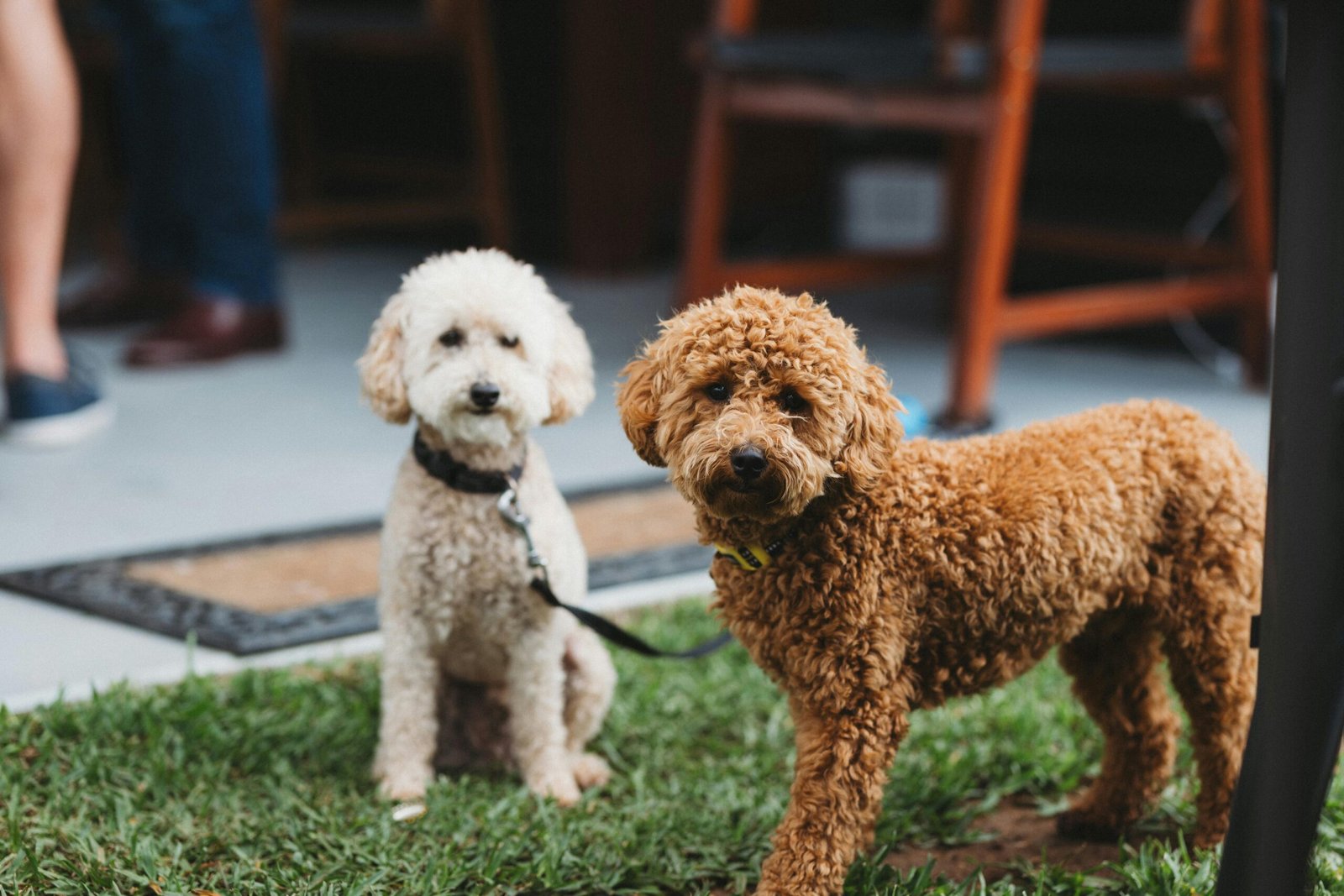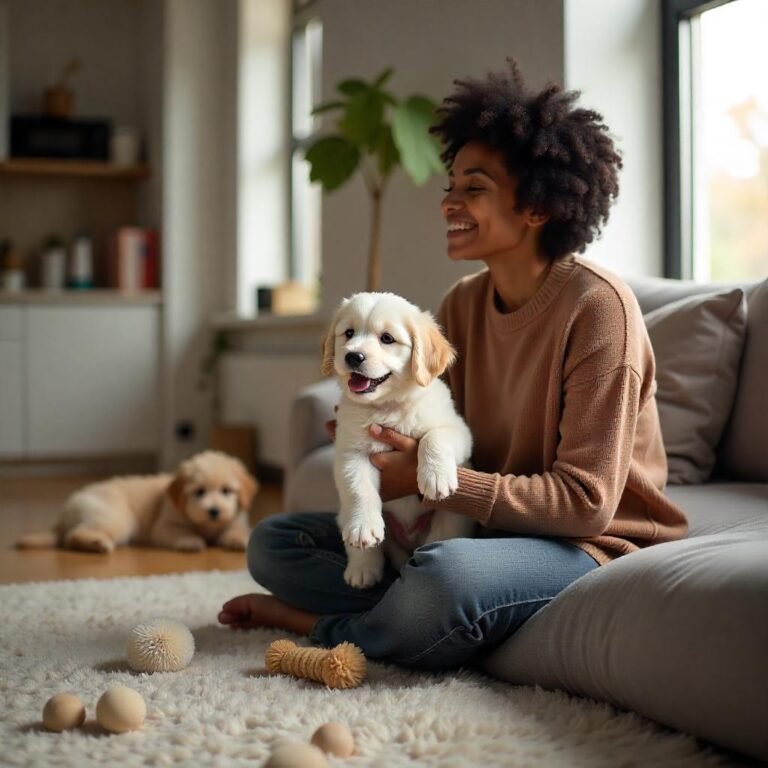Hypoallergenic Dogs: Myth or Fact? Understanding Poodles and Maltipoos
If you’ve ever dreamed of owning a dog but struggle with allergies, you’ve probably come across the term “hypoallergenic dog.” Breeds like the Poodle and Maltipoo are often labeled this way—but is it fact or just clever marketing?
Let’s break down the truth behind the hypoallergenic dog label and how Poodles and Maltipoos fit into the picture.
🧪 What Does “Hypoallergenic” Really Mean?
“Hypoallergenic” doesn’t mean allergy-proof—it simply means a dog is less likely to trigger allergic reactions.
Most dog allergies are caused by proteins found in saliva, dander (dead skin flakes), and urine—not just fur. When dogs shed, dander gets released into the air and onto surfaces, which can lead to allergic reactions.
So, a truly “hypoallergenic” dog would:
- Shed less
- Produce less dander
- Distribute fewer allergens into the home
🐩 Are Poodles Hypoallergenic?
Yes—to an extent.
Poodles are one of the most well-known hypoallergenic breeds. Their curly, low-shedding coat helps trap dander and hair, preventing it from spreading around your home. This makes them a better option for people with mild allergies.
Key features:
- Tight curls help reduce shedding
- Regular grooming reduces allergen buildup
- Low odor and less oily skin compared to some other breeds
However, no dog is 100% hypoallergenic, and individuals with severe allergies may still react.
🐶 What About Maltipoos?
Maltipoos—a cross between a Maltese and a Poodle—also fall into the hypoallergenic-ish category.
Since they inherit their coat from both parent breeds, most Maltipoos have a soft, wavy, or curly coat that sheds very little. This can make them a good fit for allergy sufferers.
Important notes:
- Coat type can vary (more Poodle-like coats tend to be lower-shedding)
- Regular brushing and grooming are essential
- Saliva and dander are still present, even with low shedding
🧼 Managing Allergies Around Dogs
If you’re considering a Toy Poodle or Maltipoo but have allergies, here are some tips to reduce reactions:
- Bathe your dog regularly (use gentle, hypoallergenic shampoos)
- Brush often to remove loose hair and dander
- Use HEPA filters in your home to purify the air
- Keep your bedroom a dog-free zone
- Wash your hands after petting
- See an allergist to confirm what you’re reacting to
✅ So, Is “Hypoallergenic” a Myth or Fact?
✅ Fact— with a big asterisk.
Poodles and Maltipoos are less likely to cause allergic reactions due to their low-shedding coats and lower dander levels. But no dog is 100% allergen-free.
If you’re allergic to dogs, the best approach is to spend time with the breed before adopting to see how your body reacts.
❤️ Final Thoughts
Toy Poodles and Maltipoos are excellent companions for allergy-sensitive families—but it’s important to manage expectations and be proactive about allergy control. With the right grooming routine and care, these breeds can bring joy to homes that might otherwise be dog-free.




